On the anniversary of Paul Revere’s famous ride (April 18, 1775), why not recognize this historic event with a journey of your own? Venture through the colonial era via a series of podcasts commemorating figures and events of the time!
Famous Folks
From the celebrated silversmith (Paul Revere, of course!) to a number of his pre-eminent peers, The Walking Classroom provides podcasts a-plenty!
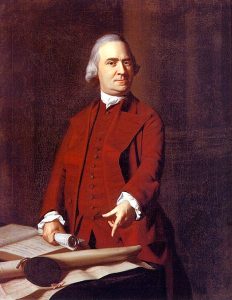 First, introduce your students to Samuel Adams (4-#48, Complete-#70), one of the Founding Fathers of the United States. From helping to organize the Boston Tea Party to signing the Declaration of Independence, Adams played a pivotal part in mustering support for the colonies’ rebellion against Great Britain.
First, introduce your students to Samuel Adams (4-#48, Complete-#70), one of the Founding Fathers of the United States. From helping to organize the Boston Tea Party to signing the Declaration of Independence, Adams played a pivotal part in mustering support for the colonies’ rebellion against Great Britain.
Known for his powerful “Give me Liberty, or Give me Death” speech in 1775, patriot and orator Patrick Henry (4-#49, Complete-#66) stirred the colonists to action. After the colonies won their independence, he went on to hold the title of first governor of Virginia.
Other folks who were firsts? Killed in the Boston Massacre on March 5, 1770, Crispus Attucks (4-#55, Complete-#61), was the first American to die in the American Revolution. Another Revolutionary figure was Deborah Sampson (4-#56, Complete-#67). She disguised herself as a man to fight in the Continental Army. As such, Sampson was the first woman to receive a military pension!
Paul Revere Himself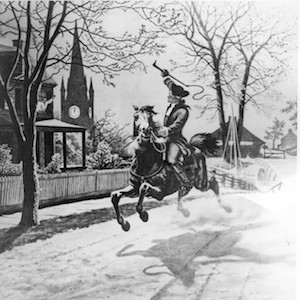
Not only a master craftsman, Paul Revere (4-#50, Complete-#65) was a significant figure on the road to revolution. Revere gathered intelligence and served as a courier. In addition, he was involved in planning the Boston Tea Party!
Walk, listen, and learn about him. Then, follow up with an activity or two to further engage your class. Recap by viewing a video.
Compare the real story of Revere’s ride with Henry Wadsworth Longfellow’s 1860 poem “Paul Revere’s Ride” or read Revere’s own account! Even better, revisit the route of the ride itself with an interactive map!
Words and Actions
The podcast possibilities go beyond people! Get a feel for the revolutionary spirit of the time. Just take a deeper dive into the ideas and events that got folks all stirred up.
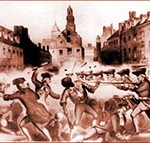 Begin with the Boston Massacre (4-#54, Complete-#60) of March 5, 1770. This skirmish between British soldiers and a crowd in Boston, Massachusetts, left five people dead. Check out a video about the event. Afterward, explore the perspectives of the different sides with an interactive activity.
Begin with the Boston Massacre (4-#54, Complete-#60) of March 5, 1770. This skirmish between British soldiers and a crowd in Boston, Massachusetts, left five people dead. Check out a video about the event. Afterward, explore the perspectives of the different sides with an interactive activity.
Share the story of the Boston Tea Party (4-#53, Complete-#62). During this, 342 chests of tea were thrown into Boston Harbor by colonists disguised as Mohawk Indians. Have fun with history with an online activity that provides an overview of this December 16, 1773 event protesting the British tax on tea. Follow up with an online group quiz!
The Intolerable Acts (4-#52, Complete-#63) were passed by British Parliament in 1774 as punishment for the Boston Tea Party. While meant to help the British to maintain control, they had quite the opposite effect. They actually united the colonists and encouraged them to rebel! Send your students back in time with a skit to help them connect with the content!
Thomas Paine’s pamphlet entitled “Common Sense” (4-#51, Complete-#64), published in January of 1776, encouraged the colonists to fight for independence. Learn more with a lesson plan focusing on this written work.
Chronicle the Events or Have an Event of Your Own!
Gather your resources and try a new idea or two. Have your students craft a timeline of the American revolution or make their own invisible ink to write a secret letter. Or, pick some primary sources and build a lesson around them.
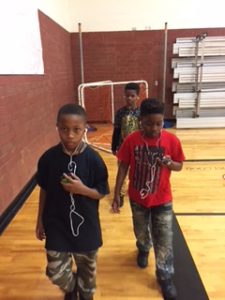 Allow your students time to research some colonial characters. Then, bring history to life. Plan a real tea party, complete with historically accurate refreshments. Have students play different figures of the time, and interview each other as they mill around sipping their tea! Afterward, allow time for a debrief. During this, they can share some of the fun facts they have found out about each other.
Allow your students time to research some colonial characters. Then, bring history to life. Plan a real tea party, complete with historically accurate refreshments. Have students play different figures of the time, and interview each other as they mill around sipping their tea! Afterward, allow time for a debrief. During this, they can share some of the fun facts they have found out about each other.
Learn about other timely topics and be on the lookout for more ideas in future posts.


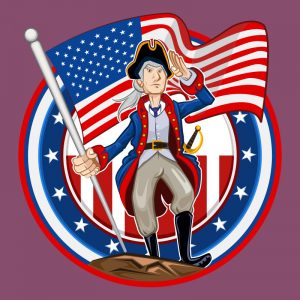
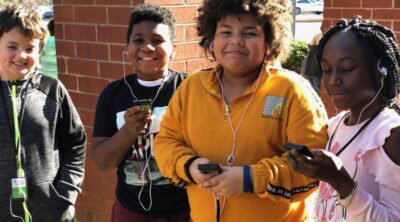

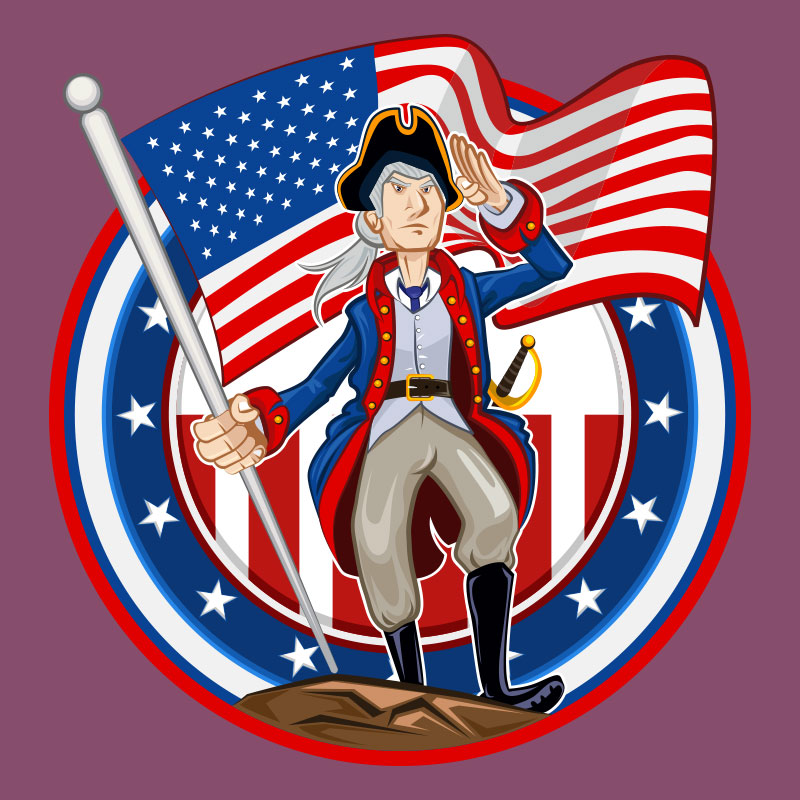
Leave a Reply